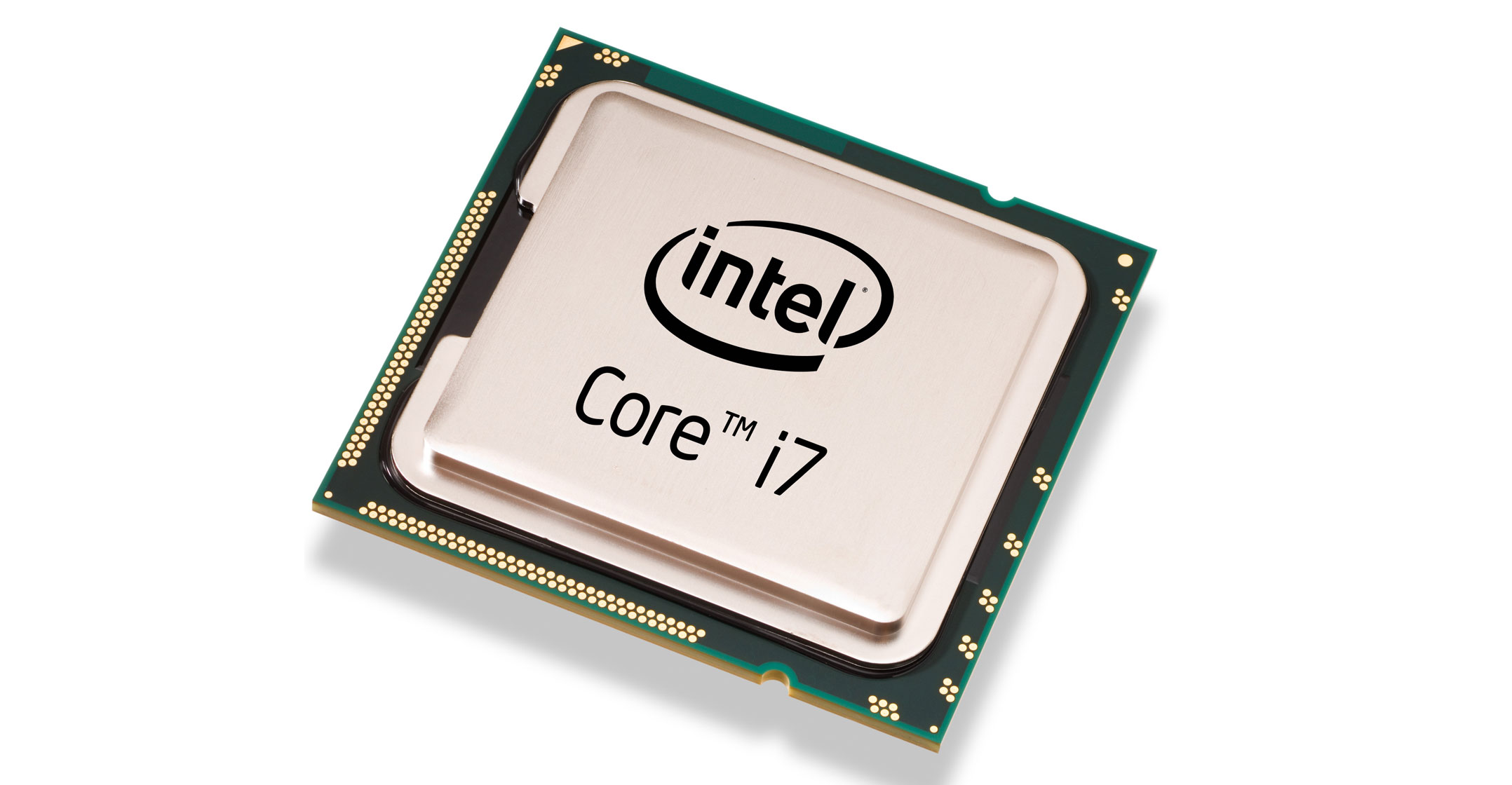
Intel’s future is looking a bit grim.
Late on Thursday, the chip maker posted worse-than-expected sales results with adjusted revenue of US$18.1-billion in the quarter ended in September, up 5% compared to the prior year, and below the $18.24-billion median estimate of analysts surveyed by Bloomberg.
While earnings for the quarter came in above estimates, that was overshadowed by a disappointing outlook for the current quarter. After the results, Intel shares fell 9%. Investors are right to be worried over the company’s fundamental predicament. The reality is the chip maker’s problems are only going to get more challenging.
In a robust industry environment where most of its peers are thriving, Intel is now projecting roughly flat growth for 2021. In contrast, AMD and Nvidia, for example, are expected to grow sales by more than 50% this year.
Some of Intel’s immediate troubles stem from the supply chain holdups that have slowed production of computers. But Intel faces a bigger problem: Its lineup isn’t competitive. Over the last several years, the company had repeated delays in moving to the latest chip manufacturing technologies. That has allowed Taiwan’s TSMC to surpass the company in its capability to fabricate chips at more advanced processes, enabling the Asia-based foundry’s clients — including AMD and Apple — to design higher-performing, more power-efficient chips.
Intel is getting squeezed on multiple fronts. Take the high-profit-margin data centre market, where it sells server chips to cloud computing vendors and enterprises. According to Mercury Research, Intel lost about four percentage points of share to AMD in the server processor market for the second quarter, compared to the prior year. That trend is likely to accelerate, with third-party reviewers confirming AMD’s Epyc processor’s dramatic performance advantage over Intel’s products.
Mac attack
Then there is the PC business. This week, Apple announced it will replace Intel chips in its high-end MacBook Pro laptops with the latest versions of its own in-house-designed processors. The new M1 Pro and M1 Max chips are based on the same Arm chip-architecture technology that powers the iPhone. According to Apple’s benchmarks, the new chips outperform Intel counterparts by up to 70%.
Such a disparity means that for nearly every productivity use case outside of gaming, Apple’s products are a better choice than any Intel-based device. Already, Macs have been growing twice as fast as the PC market in the middle of Apple’s two-year transition to custom silicon. But now with three-quarters of the Mac line-up using M1, Macs should do even better, at Intel’s expense.
Ultimately, there is no escaping years of chip-making stumbles. When might a turnaround be possible? Earlier this year, CEO Pat Gelsinger promised that his company would return to “unquestioned” chip-making technology leadership by 2025. Meeting that deadline isn’t a sure thing given Intel’s lacklustre recent track record. In the meantime, Intel’s inferior products will likely keep losing in the marketplace. — (c) 2021 Bloomberg LP

